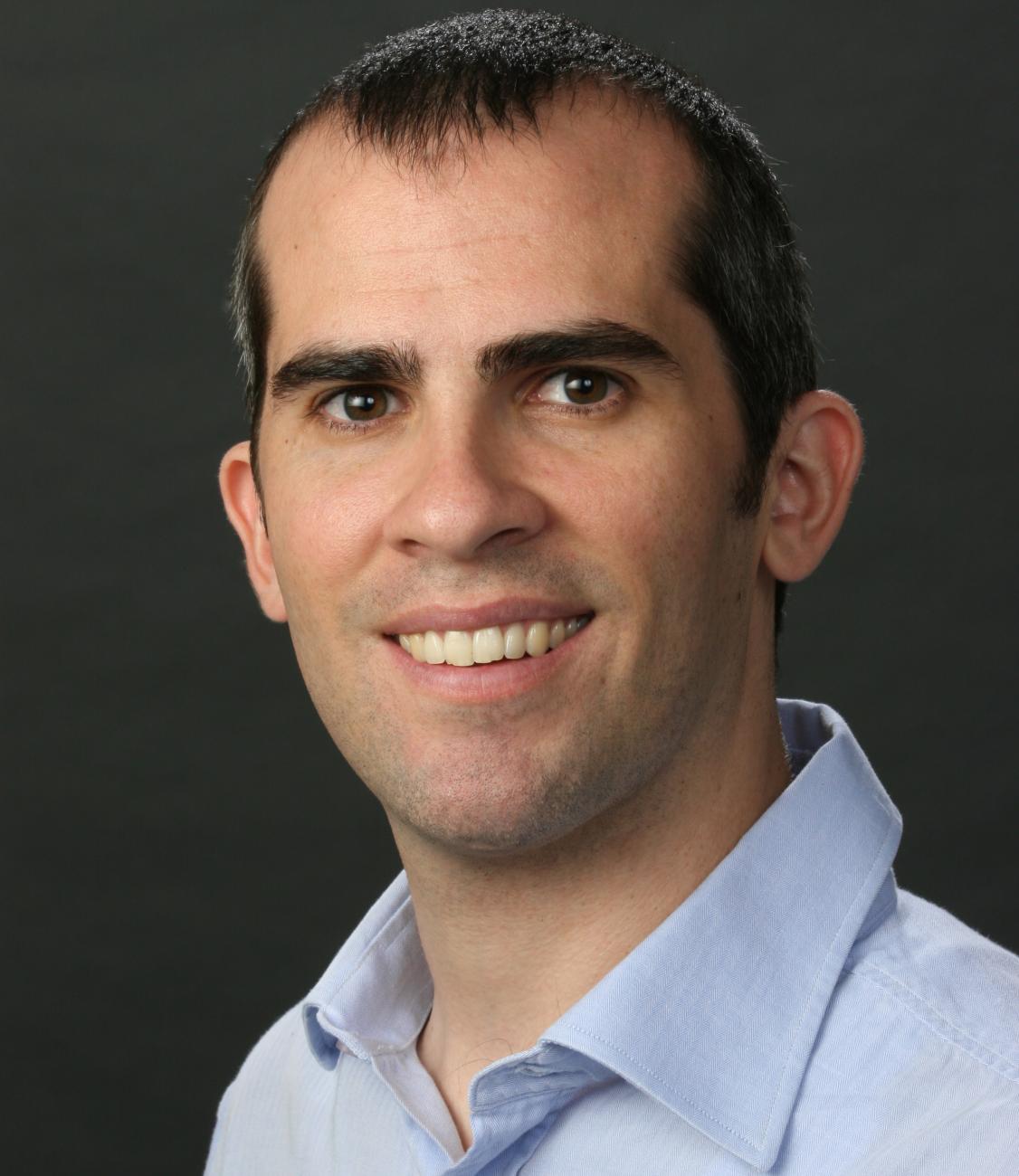Ph.D., Stony Brook University, 2006
Director of the Evolution and Ecology of Disease Systems Laboratory
Help fund Lyme disease research - Make a gift to the EEDS lab
Burroughs Wellcome Fellow
Disease ecology, molecular evolution, microbial evolution
My research assumes that organisms that can cause disease manifestations are indeed living organisms with their own ecologies and evolutionary histories - similar to plants, animals, and fungi. Using this as an intellectual foundation, I investigate the ecology (interactions affecting distribution and abundance) and evolution (change in geno- and phenotype due to neutral or selected processes) of disease causing organisms and their natural host populations. This approach is becoming popular in the study of organisms that cause disease in humans and agriculturally important species such as West Nile virus, wheat rust, and Lyme disease. Understanding the natural biology of these organisms is a crucial step in the long-term control of diseases.
My primary research has focused on the bacterium that causes Lyme disease, Borrelia burgdorferi, in forest in the Northeastern United States. B. burgdorferi is carried among vertebrate hosts by the black-legged tick, Ixodes scapularis. These ticks occasionally bite humans and, if infected, can transmit the bacteria, resulting in human Lyme disease. For the majority of time, B. burgdorferi is passed among feral vertebrates such as mice, shrews, and chipmunks. I have focused on the interactions between these host species and B. burgdorferi genotypes that affect the fitness and dynamics of pathogen population. The fitness of B. burgdorferi, as measured by the number of new ticks that acquire the pathogen, is equivalent to the human risk of contracting Lyme disease. We recently discovered that each vertebrate species can host only a subset of the B. burgdorferi genotypes, but the genotype subset hosted differs among species. Thus, all fifteen genotypes coexist in northeastern forests as a multiple niche polymorphism where vertebrate species act as niches - the genetic diversity of the pathogen is maintained by the biodiversity of hosts (Brisson and Dykhuizen, 2004). In addition, the abundance of each genotype in ticks - equivalent to the human Lyme disease risk - is directly related to the composition and relative abundance of host species (Brisson and Dykhuizen, 2006).
One of the most important problems in population ecology and disease ecology involves the development of theory that will allow prediction of the dynamics of populations of disease causing organisms. I have begun to address this area with a biologically realistic mathematical model that predicts the frequency of each B. burgdorferi genotype from empirical data on the density of host species and the rate each genotype is transmitted from hosts to ticks. Thus, by knowing the densities of each host species, we can predict proportion of ticks carrying each B. burgdorferi genotype, including the four human infectious genotypes (Sienost et al., 1999). This model can be used to predict the risk of human Lyme disease in locales around the Northeastern United States.
Work in my lab is not limited to ecology or B. burgdorferi. Current projects include data-based modeling, molecular evolution, experimental evolution, and public health research. I am open to studies of any sort that are hypothesis driven and involve the interactions between a microbe and a eukaryote. These interactions need not be pathogenic, mutualistic relationships are equally interesting and often follow a similar theoretical framework.
full lists: EEDS lab page, Pubmed, Google Scholar
Dwivedi-Yu, JA, ZJ Oppler, MW Mitchell, YS Song, D Brisson. 2023. A fast machine-learning-guided primer design pipeline for selective whole genome amplification. PLOS Computational Biology 19(4): e1010137. doi: 10.1371/journal.pcbi.1010137 Dwivedi_Yu2023_SWGA2.pdf swga2.0 software
MacDonald, H, and D Brisson. 2023. Host phenology can select for multiple stable parasite virulence strategies. American Naturalist 201(3): 340–352. doi.org/10.1086/722609 MacDonald2023_Phenology_Virulence_Bistability.pdf
Tran, T, WT Porter, DJ Salkeld, MA Prusinski, ST Jensen, D Brisson. 2021. Estimating disease vector population size from citizen science data. Journal of the Royal Society Interface 18: 20210610. doi:10.1098/rsif.2021.0610; Tran2021.CitizenScience.pdf
Berry ASF, RS Salazar-Sánchez, R Castillo-Neyra, K Borrini-Mayorí, C Chipana-Ramos, M Vargas-Maquera, J Ancca-Juarez, C Náquira-Velarde, MZ Levy, D Brisson. 2019. Sexual reproduction in a natural Trypanosoma cruzi population. PLoS Neglected Tropical Diseases 13(5): e0007392. Berry2019a.Meiosis.pdf
Khatchikian CE, Prusinski M, Stone M, Backenson BP, Wang I-N, Foley E, Seifert SN, Levy MZ, Brisson D. 2015. Recent and rapid population growth and range expansion of the Lyme disease tick vector, Ixodes scapularis, in North America. Evolution. 69(7):1678-1689. khatchikian2015b
Leichty AR, Brisson D. 2014. Selective Whole Genome Amplification for Re-Sequencing Target Microbial Species from Complex Natural Samples. Genetics. 198(2):473-481. leichty2014a
Onder O, Shao W, Kemps B, Lam H, Brisson D. 2013. Identifying sources of tick blood meals using unidentified tandem mass spectral libraries. Nature Communications. 4:1746. onder2013a
Graves C, Ros VID, Stevenson B, Sniegowski P, Brisson D. 2013. Natural selection promotes antigenic evolvability. PLoS Pathogens. 9(11):e1003766. Website graves2013a
Brisson D, Dykhuizen DE, Ostfeld RS. 2008. Conspicuous impacts of inconspicuous hosts on the Lyme disease epidemic. Proceedings of the Royal Society, Biological Sciences. 275:227-35. brisson2008
Dr. Brisson is a member of the Graduate Group in Cell and Molecular Biology (CAMB) where he is involved in several areas of research:

